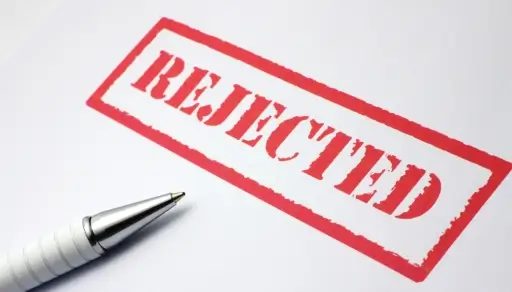Wikipedia is one of the most prominent platforms for sharing information globally. However, creating and publishing a Wikipedia page is not always easy. The platform operates under strict Wikipedia guidelines, and users with little experience often face challenges in getting their pages approved. Frequent rejections occur, often due to reasons that aren’t immediately clear. Understanding these potential obstacles is crucial for anyone looking to contribute a Wikipedia article.
Today, we’ll explore five common reasons Wikipedia pages get rejected and Reptick will provide you tips on how to avoid these pitfalls. If you’re having trouble, consider using a Wikipedia publishing service to assist with the process.
1. Failure to Meet Wikipedia’s Notability Guidelines
One of the most common reasons a Wikipedia page is rejected is failure to meet the platform’s notability requirements. Wikipedia requires that topics be “notable,” meaning they should have been extensively covered by reliable, independent sources. This coverage must come from reputable outlets such as newspapers, academic journals, or other well-known publications, not just from a company’s own website or social media accounts.
If your subject hasn’t been the focus of independent coverage, or if the available sources are too closely connected to the subject, your page is likely to be rejected. To avoid this, ensure you have sufficient independent sources to support the creation of the page. Before writing, conduct thorough research and gather evidence from third-party outlets to ensure the subject meets Wikipedia’s notability requirements.
A Wikipedia publishing service can help you gather the necessary sources and organize them to meet these requirements.
2. Lack of Reliable Sources and Citations
Even if your topic is notable, a lack of reliable sources and proper citations can lead to rejection. Wikipedia’s verifiability policy demands that all content must be backed by credible, third-party sources. This means you cannot rely on sources like personal blogs, press releases, or social media content.
To ensure your page isn’t rejected due to unreliable sources, stick to using credible references such as well-regarded newspapers, peer-reviewed journals, or books from reputable publishers. Proper citation is also critical—use the correct format and provide detailed references that clearly back up each claim made in the article. A Wikipedia publishing service can help you ensure all your citations are properly formatted, which increases your chance of approval.
3. Conflict of Interest (COI) in Content Creation
A major reason for page rejection is the presence of a conflict of interest (COI). Wikipedia’s neutrality policy states that contributors with a vested interest in a topic should not write or edit articles about that topic. This includes writing about your own company, product, or personal achievements, as it creates bias and violates the neutral point of view (NPOV) principle.
When the author of a Wikipedia page has a direct connection to the subject, there is a risk of presenting information in a way that benefits them, leading to biased content. Wikipedia strongly discourages people from creating content about subjects they are too closely associated with. To avoid this issue, either write the content objectively or, better yet, have a third party create or review the article for neutrality.
A Wikipedia publishing service can also step in here, helping you craft content that follows the platform’s neutral point of view policy.
4. Promotional or Biased Content
Wikipedia is an encyclopedia, not a platform for self-promotion or marketing. Articles that appear to be written with a promotional tone are likely to be flagged and rejected. This includes language that overly praises a company, product, or person or any attempt to present a one-sided narrative.
To avoid this, keep your writing neutral and factual. Avoid using overly positive or negative language. Focus on verifiable facts, and let the reliable, third-party sources you reference provide any necessary analysis or evaluation. The goal is to present an objective view of the subject, not to promote it. Following the Wikipedia guidelines for neutrality and objectivity will greatly increase your chances of approval.
5. Poor Article Formatting and Structure
Even if your content is factually correct, failing to follow Wikipedia’s formatting guidelines can result in rejection. Wikipedia has specific standards for how articles should be structured. Poorly organized articles or those that don’t adhere to the expected style will be flagged by editors.
Before submitting your page, review similar articles within the same category to understand the correct structure. Ensure your article has clearly defined sections, such as an introduction, background, and relevant subheadings. Proper formatting, including citations and internal links, will significantly improve your chances of approval.
A Wikipedia publishing service can also ensure that your article follows the correct formatting and structuring rules, increasing its likelihood of being accepted.
Conclusion
Creating a Wikipedia page that meets all the necessary requirements is challenging, but it is possible with the right approach. Pages are most commonly rejected for failing to meet notability requirements, lacking reliable sources, conflicts of interest, promotional content, and poor formatting.
To improve your chances of success, ensure your topic has sufficient independent coverage, use credible sources, write objectively following the neutral point of view policy, and follow Wikipedia’s formatting guidelines closely. If you find the process too daunting, consider working with a professional Wikipedia publishing service that can guide you through the entire process.
At Reptick, we specialise in comprehensive online reputation management, ensuring your digital presence accurately reflects your brand’s excellence.



